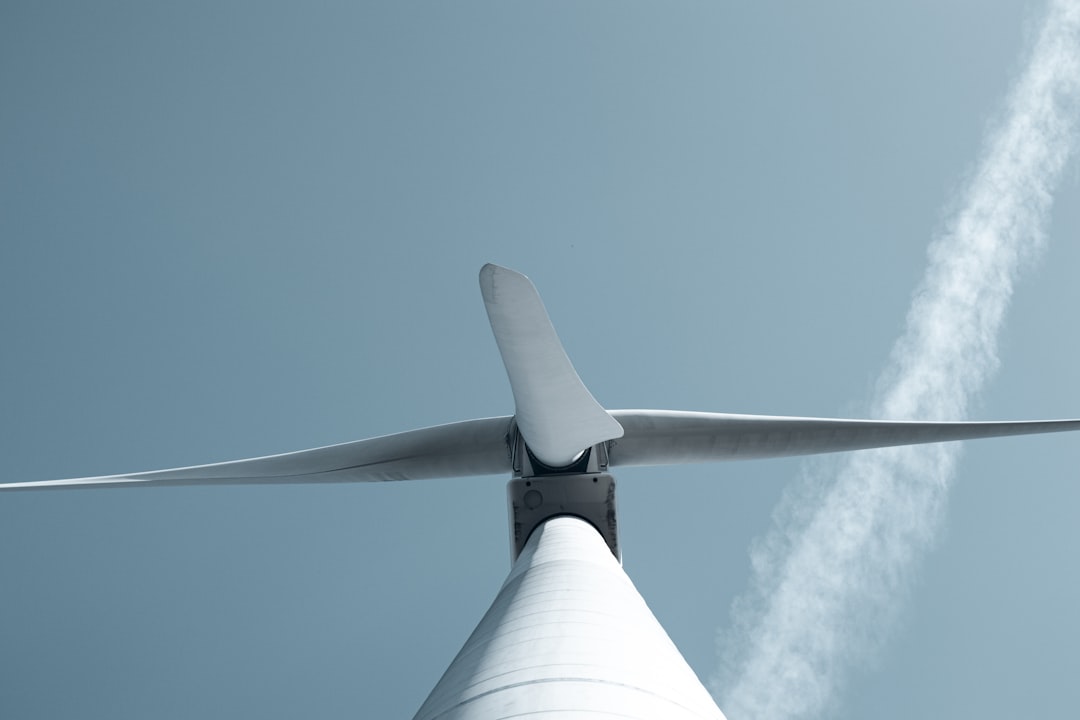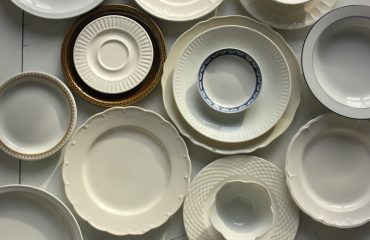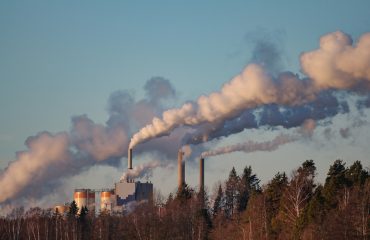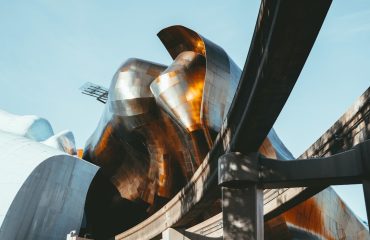The relentless pursuit of renewable energy sources has propelled wind power to the forefront of global energy strategies. At the heart of this green revolution lies the wind turbine, a marvel of engineering that harnesses the power of the wind. While many components contribute to a turbine’s functionality, the structural integrity and efficiency heavily rely on the precise engineering and application of steel profiles. This post delves into the indispensable role of steel profiles in wind energy projects, exploring their various applications, manufacturing processes, advantages, challenges, and future trends.
1. The Diverse Applications of Steel Profiles in Wind Turbines
Steel profiles, encompassing a wide range of shapes including hollow sections, I-beams, H-beams, and channels, serve diverse functions within a wind turbine’s structure. Their versatility makes them ideal for various components:
- Towers: The towering structures supporting the nacelle and rotor are often constructed using tubular steel profiles or welded steel sections. These profiles must withstand immense bending moments and compressive forces from wind loads and the turbine’s own weight. The choice of profile type depends on factors like turbine size, wind conditions, and soil characteristics.
- Nacelles: The nacelle, housing the gearbox, generator, and other crucial components, relies on robust steel profiles for its framework. These profiles provide support and protection for the internal machinery, ensuring its safe and efficient operation.
- Rotor Blades: While composite materials are predominantly used for rotor blades, steel profiles play a supporting role in the blade’s internal structure, particularly in the root section where the blade connects to the hub. These profiles contribute to the blade’s stiffness and fatigue resistance.
- Foundations: The foundation, anchoring the turbine to the ground, often incorporates steel profiles in its design. These profiles enhance the foundation’s structural integrity, ensuring the turbine remains stable even during extreme weather conditions.
2. Manufacturing Processes: Precision and Efficiency in Steel Profile Production
The manufacturing of steel profiles for wind turbines requires high precision and adherence to stringent quality standards. Several processes are employed, depending on the desired profile shape and properties:
- Hot Rolling: This is a common method for producing large quantities of standard steel profiles. Molten steel is passed through a series of rollers, shaping it into the desired profile. The process is efficient but may require further processing to achieve the precise dimensions required for wind turbine components.
- Cold Forming: Cold forming allows for greater precision and the creation of complex shapes. Steel is shaped at room temperature using specialized dies, resulting in a higher strength-to-weight ratio compared to hot-rolled profiles.
- Welding: Welding is crucial for assembling complex steel structures. Different welding techniques, including arc welding and robotic welding, are employed to join steel profiles, ensuring strong and durable connections.
- Surface Treatments: To enhance corrosion resistance and extend the lifespan of steel profiles, various surface treatments are applied. These include galvanization, painting, and powder coating.
3. Advantages of Using Steel Profiles in Wind Energy Projects
The widespread adoption of steel profiles in wind turbine construction is driven by several key advantages:
- High Strength-to-Weight Ratio: Steel offers exceptional strength relative to its weight, enabling the construction of lightweight yet robust structures that can withstand significant loads.
- Durability and Longevity: With proper surface treatment, steel profiles exhibit excellent resistance to corrosion and environmental factors, ensuring a long operational lifespan for wind turbines.
- Cost-Effectiveness: Steel is a relatively inexpensive material compared to other alternatives, making it a cost-effective choice for large-scale wind energy projects.
- Weldability and Formability: Steel’s weldability and formability allow for the creation of complex and customized shapes, adapting to the specific design requirements of wind turbines.
- Recyclability: Steel is a highly recyclable material, contributing to the environmental sustainability of wind energy projects.
4. Challenges and Considerations in Utilizing Steel Profiles
Despite its advantages, the use of steel profiles in wind energy projects presents certain challenges:
- Corrosion: Exposure to harsh environmental conditions, particularly in coastal areas, can lead to corrosion if adequate protection measures are not implemented.
- Fatigue: Cyclic loading from wind forces can induce fatigue in steel profiles, potentially leading to failure if not properly accounted for in the design.
- Transportation and Handling: The large size and weight of steel profiles for wind turbine towers pose logistical challenges during transportation and erection.
- Manufacturing Variability: Slight variations in the dimensions and properties of steel profiles can affect the overall structural performance of the turbine.
- Steel Prices: Fluctuations in steel prices can impact the overall cost of wind energy projects.
5. Future Trends and Innovations in Steel Profile Applications
The industry is continually exploring innovations to enhance the performance and efficiency of steel profiles in wind energy:
- High-Strength Steels: The development of high-strength low-alloy (HSLA) steels and advanced high-strength steels (AHSS) allows for lighter and stronger wind turbine structures.
- Optimized Designs: Advanced computational techniques and simulations are being used to optimize the design of steel profiles, minimizing weight while maximizing strength and durability.
- Smart Materials and Sensors: Integration of smart materials and sensors into steel profiles can enable real-time monitoring of structural health, facilitating predictive maintenance and improving operational safety.
- Sustainable Manufacturing Practices: The industry is focusing on sustainable manufacturing processes that minimize environmental impact and promote the circular economy.
- Prefabrication and Modular Construction: Prefabrication techniques are being adopted to streamline the construction process, reducing on-site assembly time and costs.
In conclusion, steel profiles play a pivotal role in the success of wind energy projects, providing the structural backbone for these efficient renewable energy generators. By addressing the challenges and embracing innovative solutions, the industry can further enhance the performance, reliability, and sustainability of wind turbines, contributing to a cleaner and more sustainable energy future.
Tags: Steel Profiles, Wind Energy, Wind Turbines, Steel Construction, Renewable Energy




